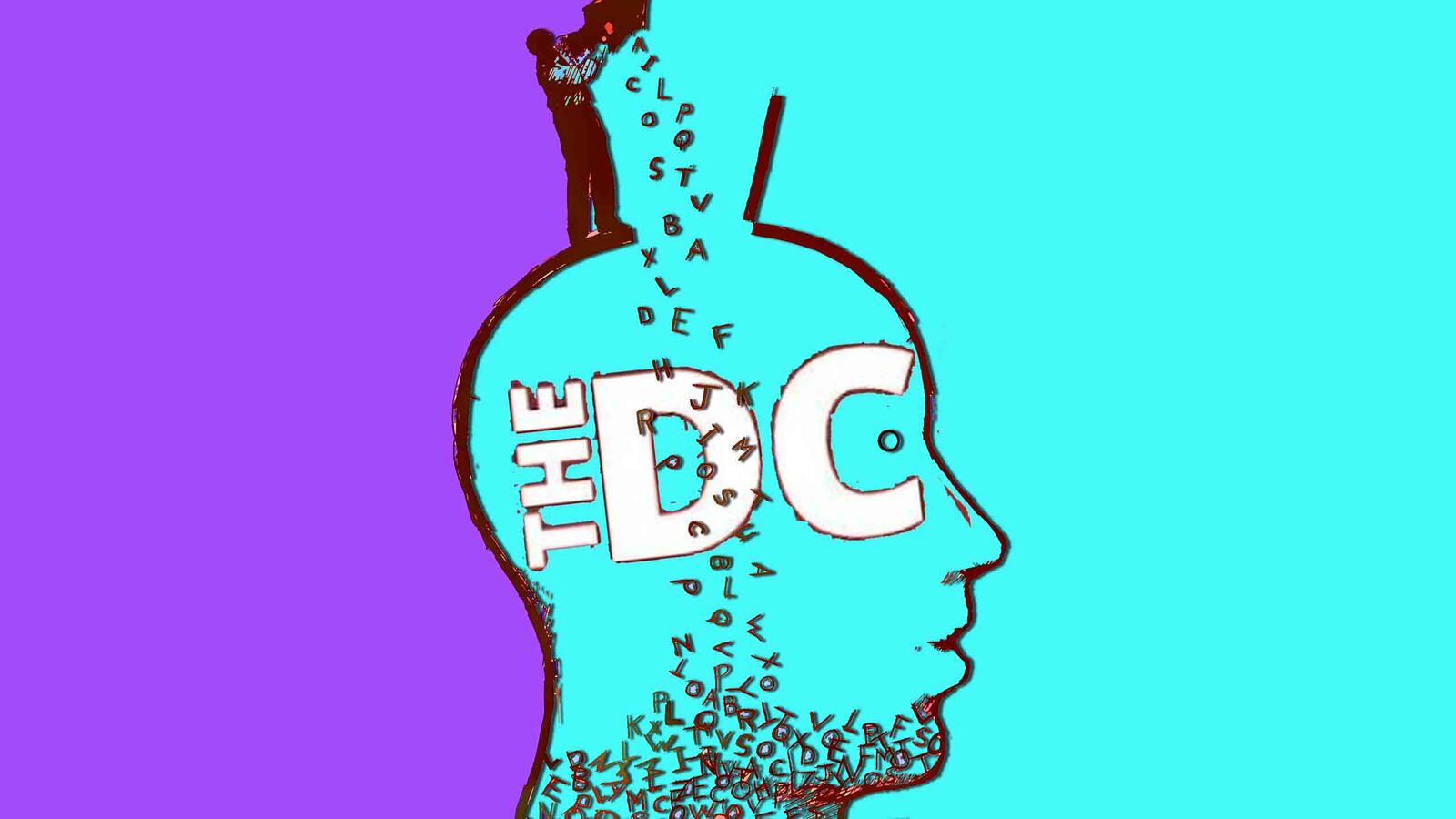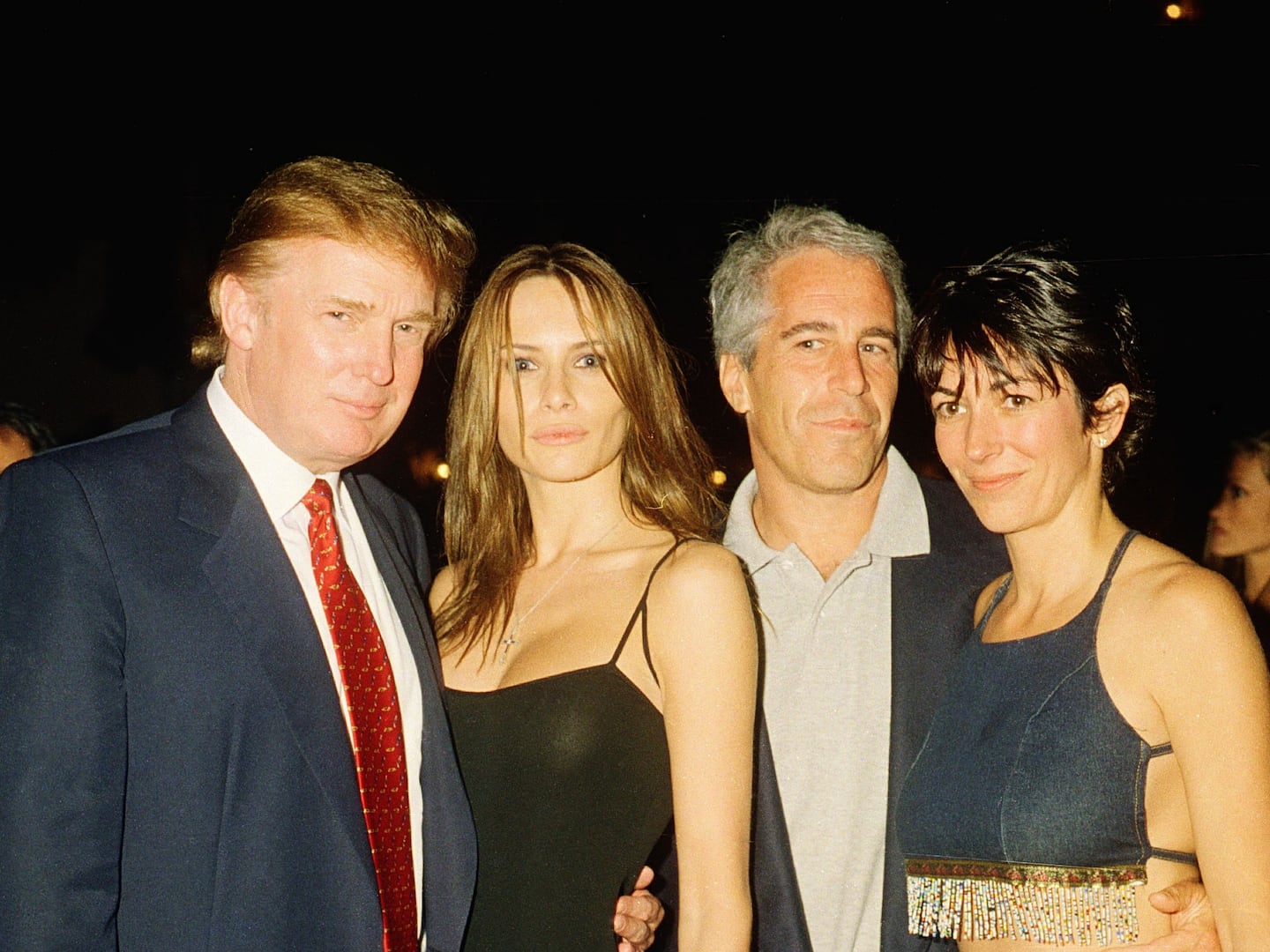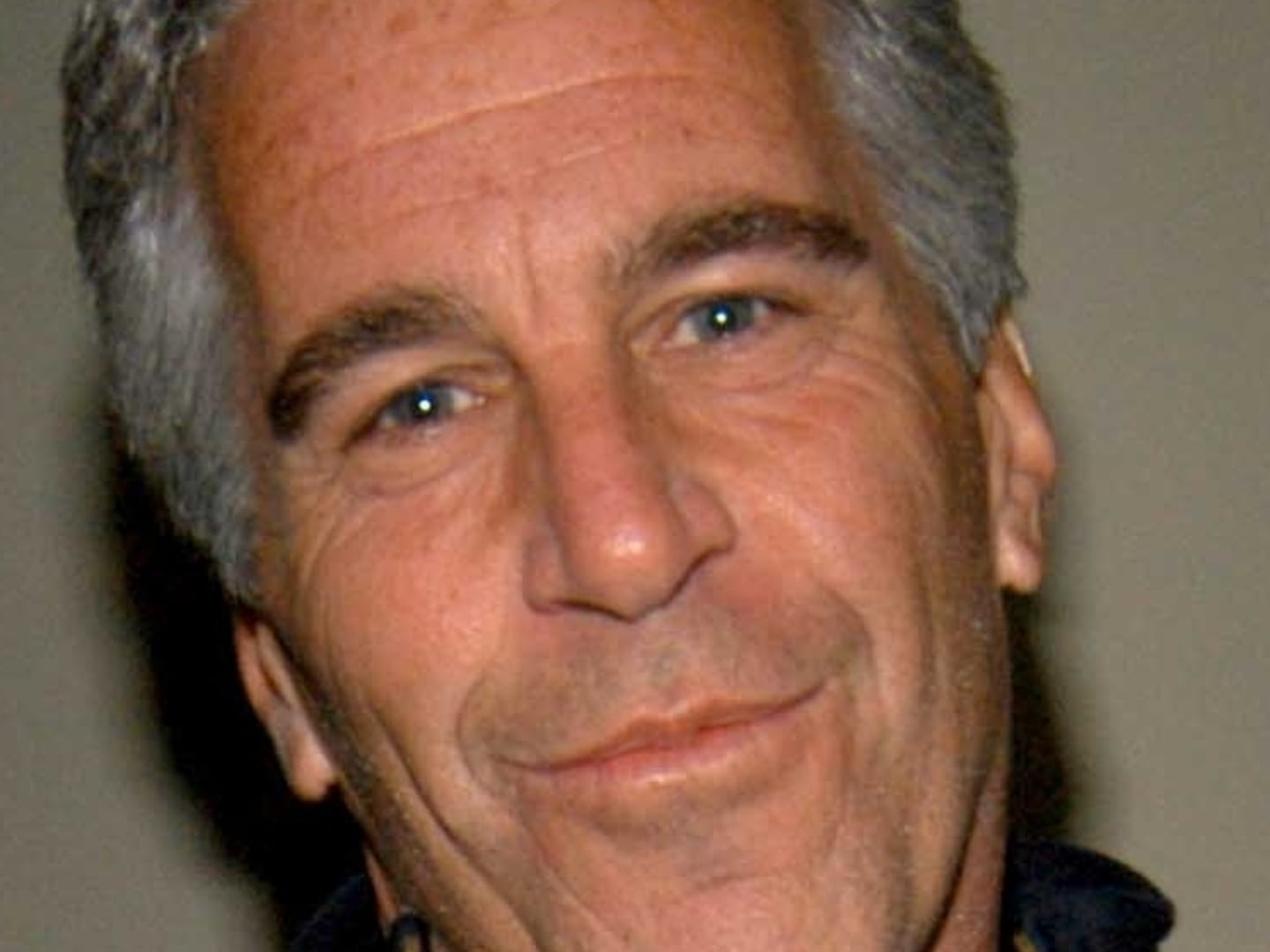The Southern Poverty Law Center published a piece this week titled, “The Daily Caller Has a White Nationalist Problem.” Since I spent six years at The Caller and am referenced in this particular piece, I thought it appropriate to respond. (Note: The SPLC contacted me in advance of their piece for a quote. I am responding to them using this venue.)
To advance the narrative that TheDC has veered toward the fever swamps of the alt-right, the SPLC juxtaposes a column I wrote at TheDC condemning racism with some more recent, inflammatory columns by other authors. I appreciate the fact that the SPLC cited me as a positive example of someone who does not tolerate racism, but the notion that I ever represented the viewpoint of TheDC is false.
While TheDC is broadly conservative, it doesn’t have a viewpoint.
Writing at TheDC was an incredibly liberating process. During my tenure there, morale was incredibly high. Nobody edited or approved my posts. They let a million flowers bloom. It would be like saying the internet has a white nationalist problem. That is what makes the outlet so interesting and, yet, so susceptible to criticism.
Without getting into what would be a pretty boring point-by-point response, it’s worth noting that the bulk of the SPLC’s criticism of TheDC is pointed at contributors who don’t actually work there (and, in a couple of cases, are no longer allowed to freelance there).
One timely example is Jason Kessler, organizer of the “Unite the Right” rally in Charlottesville, Virginia. Kessler was accepted as a freelancer because he was tracking an incredible, under-told story in Virginia about the gruesome murder and mutilation of a teenager at the hands of the MS-13 crime gang. Going forward, Kessler would occasionally pitch stories to TheDC. Once it was discovered that he was actively involved in a story he was ostensibly reporting on, TheDC “fired” him and updated the piece to make the audience aware of his conflict of interest. However, the real question is whether he should be contributing to a political news site in the first place.
TheDC has published more than 15,000 op-ed pieces by diverse voices like Arianna Huffington, John Kasich, Lanny Davis, and Marco Rubio. They have also published less mainstream voices. Is it appropriate to judge an outlet by its non-staff contributors? I don’t know. The New York Times published an op-ed by Vladimir Putin. Does he represent their views?
To be fair, some of TheDC’s actual employees have also garnered attention. Scott Greer is mentioned in the piece because there are photos of him with some friends who are now involved in unseemly groups. Greer is guilty by association. Nothing he has actually written (as far as I know) can be construed as racist. The Daily Caller News Foundation’s Richard Pollock is also referenced by the SLPC for speaking at The Mencken Club’s meeting. Richard Pollock is an Emmy award-winning journalist (as a producer for Good Morning America in the early 1990s) and a devout Jewish man. This criticism sounds like it is coming from a group of grumpy old white conservatives. Not my cup of tea, to be sure, but I’m not sure “hate group” is the way to describe it.
Again, if TheDC is guilty of a sin, it is the sin of being willing to let all sorts of eccentric people write for them. Back when he was making personnel decisions, Tucker Carlson told me that he didn’t hire staff—he “cast” them. The point was that he wanted to maintain a sort of chemistry and esprit de corps—but also with some tension and a lot of diversity of opinion.
Inasmuch as this is a problem, it’s not a recent development. Many of the prominent players on both sides of today’s conservative civil war once peacefully coexisted at TheDC’s offices. Sitting right alongside what would later become the Breitbart crew (Matt Boyle, Neil Munro, and Katie McHugh) were up-and-coming straight news reporters and center-right journalists like Tina Nguyen (Vanity Fair), Jon Ward (Yahoo!), Alexis Levinson (BuzzFeed), Chris Moody (CNN), Alex Pappas (Fox News), Kaitlan Collins (CNN), C.J Ciaramella (Reason), Alex Griswold (The Washington Free Beacon, by way of Mediaite), Al Weaver (Washington Examiner), and Kurt Bardella (a fierce Trump critic who now runs a popular country music email list).
One of the big stories of the Trump campaign involved Michelle Fields and her (now) husband Jamie Weinstein—who met and fell in love at TheDC. And, oh yeah, two people—Will Rahn (now at CBS) and yours truly—would go on to work at The Daily Beast.
Where are the stories pointing out that a dozen or so of the most promising, young mainstream journalists in America came from TheDC?
TheDC always had an eclectic and odd mix of writers that represented almost every viewpoint on the political spectrum. TheDC served as an incubator for what became Breitbart, yes—while it was simultaneously producing a generation of thoughtful center-right journalists who would go on to work in mainstream media outlets. This does not make for a neat narrative about an outlet with an evolving far-right agenda, and those wishing to suggest that it has somehow changed will find the truth more complicated and less satisfying.
So what does explain TheDC? Here’s the best way I’ve found to explain it. A few years ago, I was reading Chuck Klosterman’s book I Wear the Black Hat, and it occurred to me how to describe my then place of employment. TheDC was like the 1970s Al Davis-John Madden Oakland Raiders. As you may recall, this football team—decked out in black and silver (a “malevolent overall appearance,” observes Klosterman)—was notorious and feared. They also won many games. They were contrarian, unorthodox, and controversial, and Klosterman captured their ethos well.
Klosterman listed several principles to which the Raiders have consistently adhered. Some of the things on the list (like “Draft for speed”) are standard. However, the list also includes things like, “Reward excessive physical play,” “Sign players that other teams are unwilling to accept,” and “Never police problematic off-the-field behavior.”
“[I]f you wanted to be a histrionic crazy-eyed killer,” writes Klosterman, “that was fine—but it was just as acceptable to be the complete opposite (one example was Raider tight end Dave Casper, a well-educated eccentric who preferred fishing to partying.) Nothing was inflexible.” My favorite part was, “The Raiders were not villains because everyone on the team was a reprobate; the Raiders were villains because everyone on the team was intellectually free.”
Everyone at TheDC is intellectually free. For this reason, they wear the black hat.






